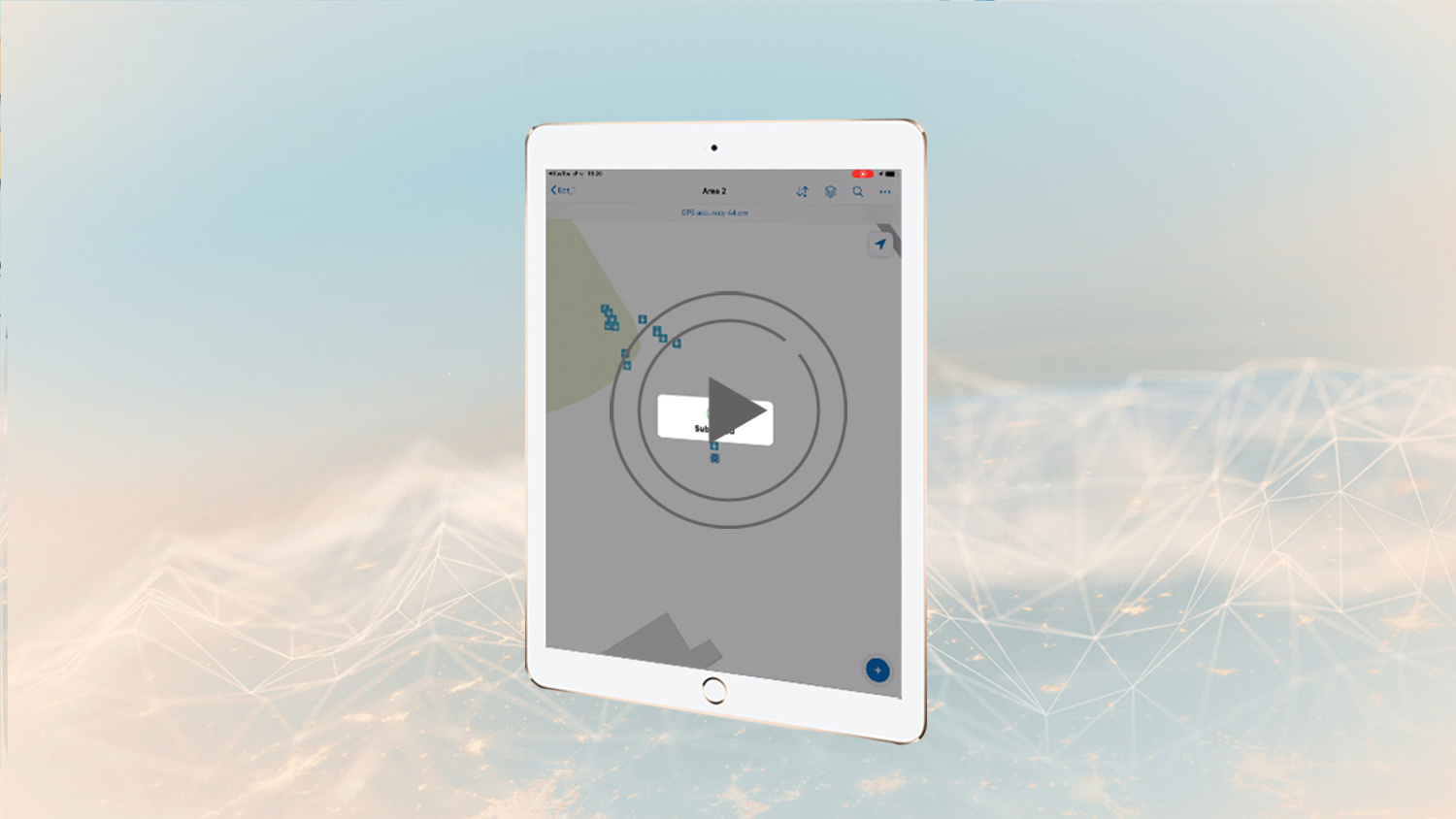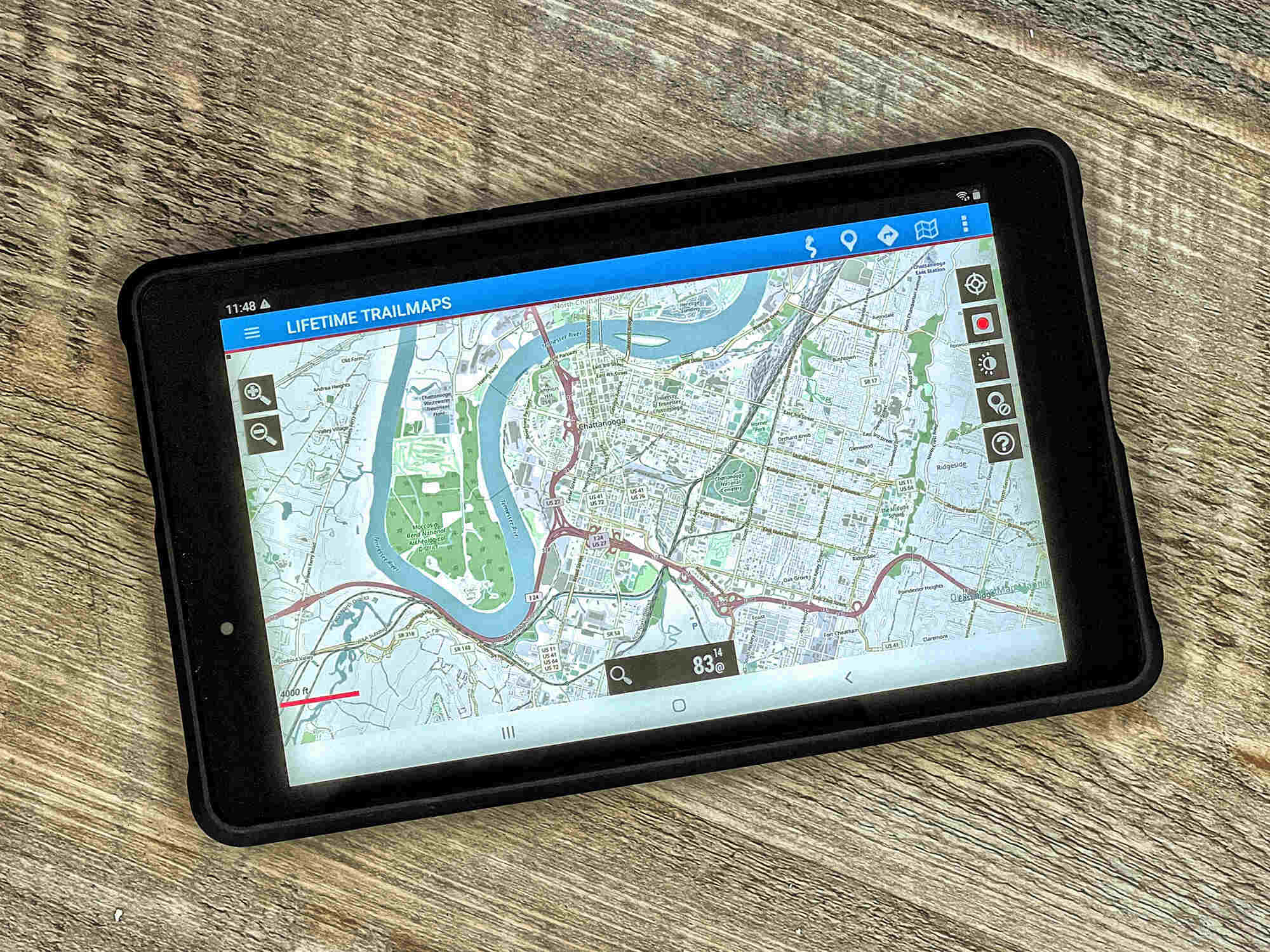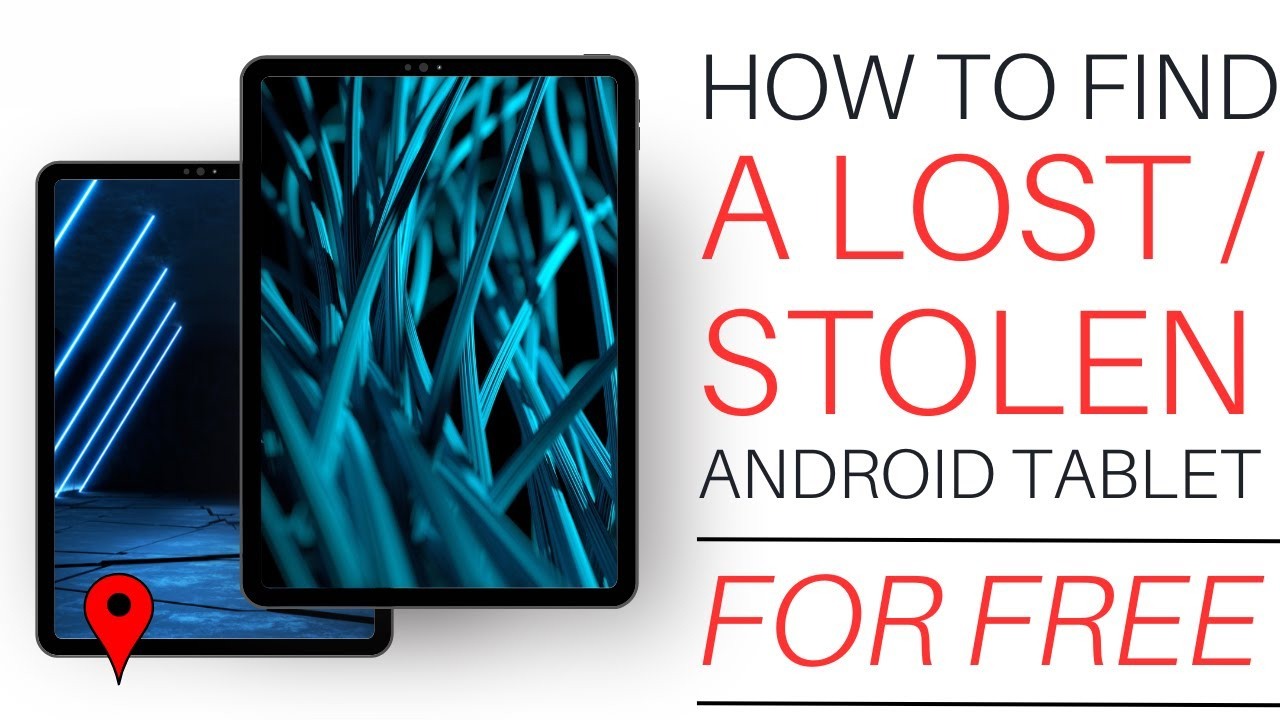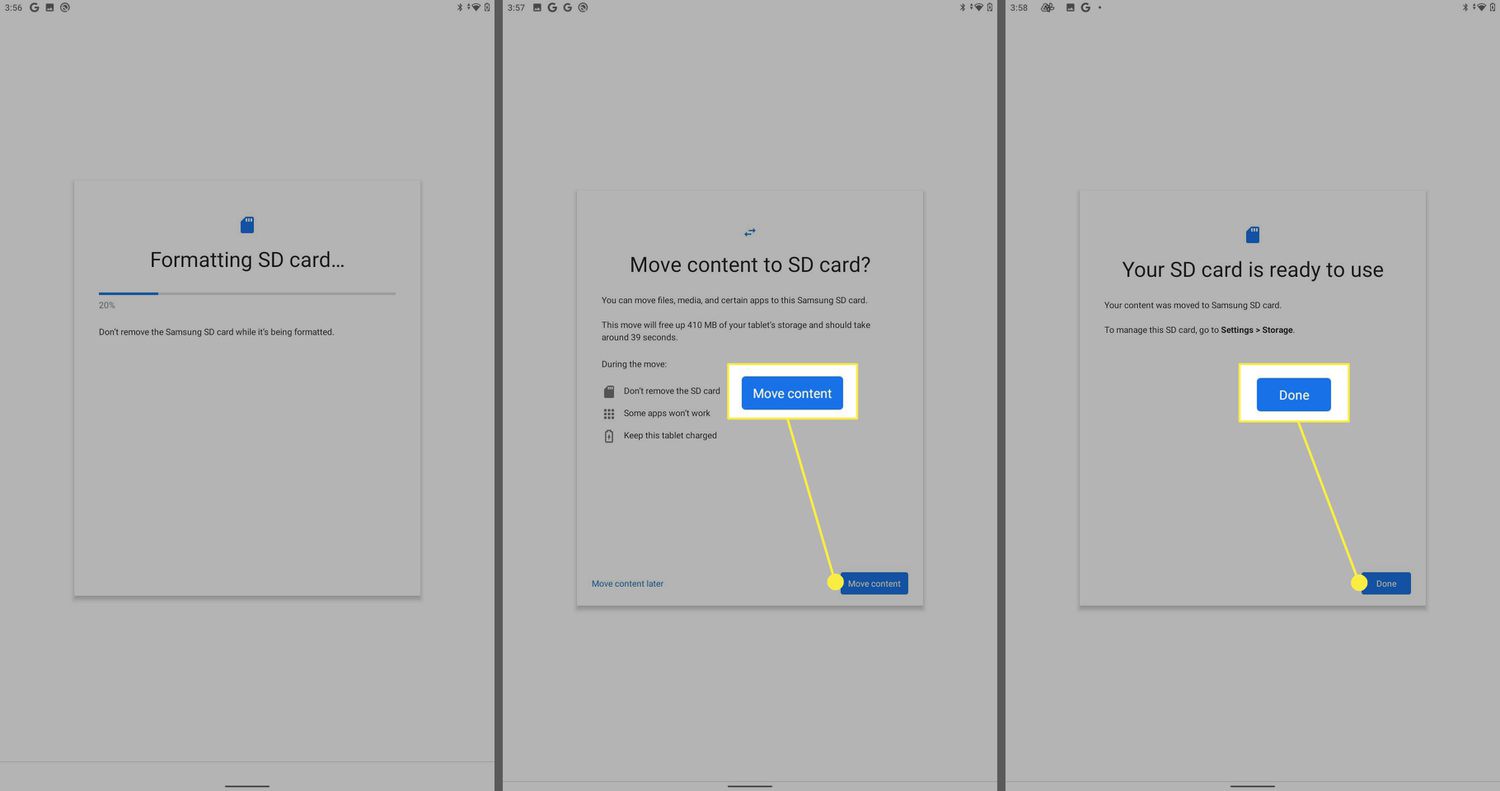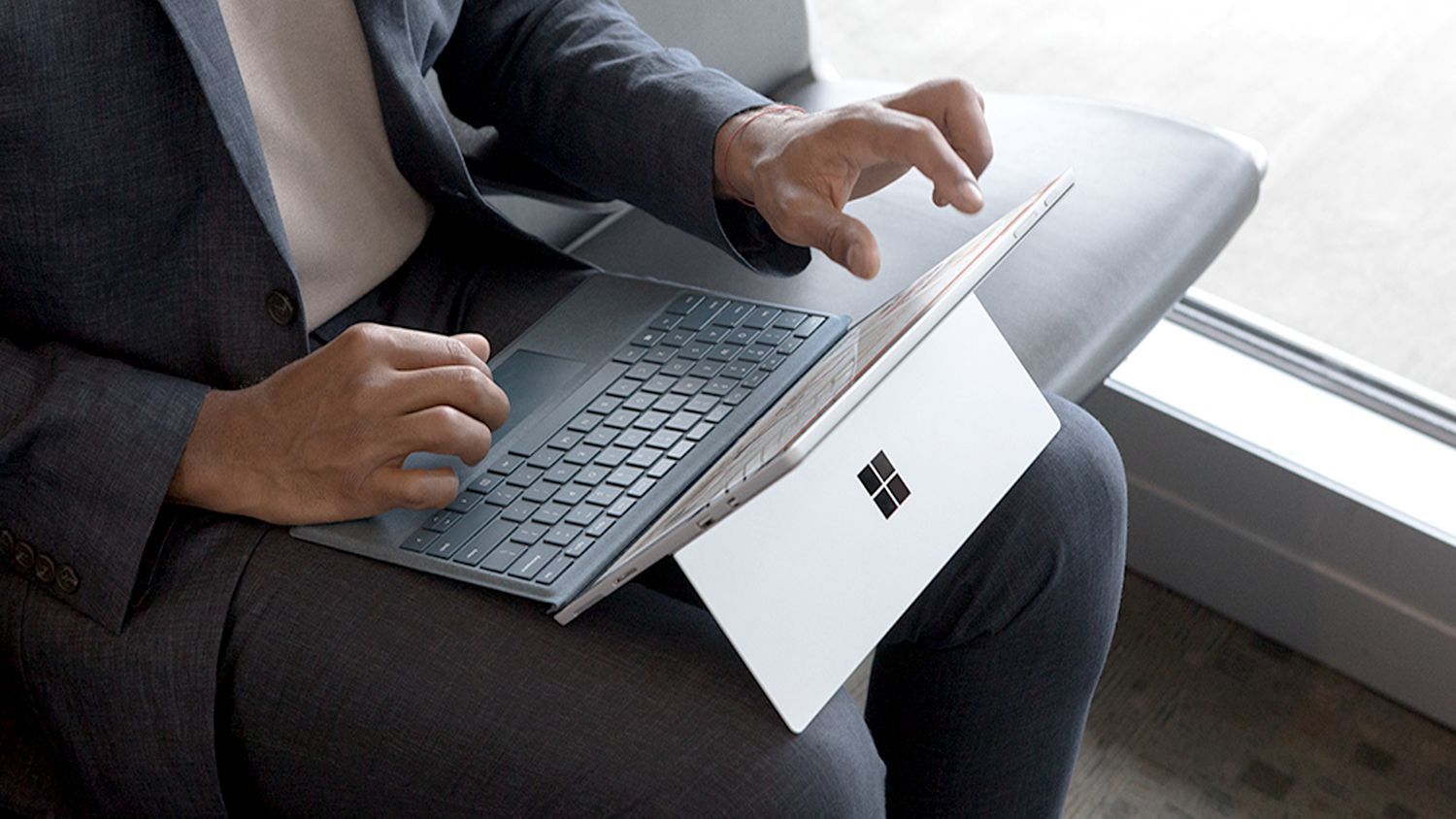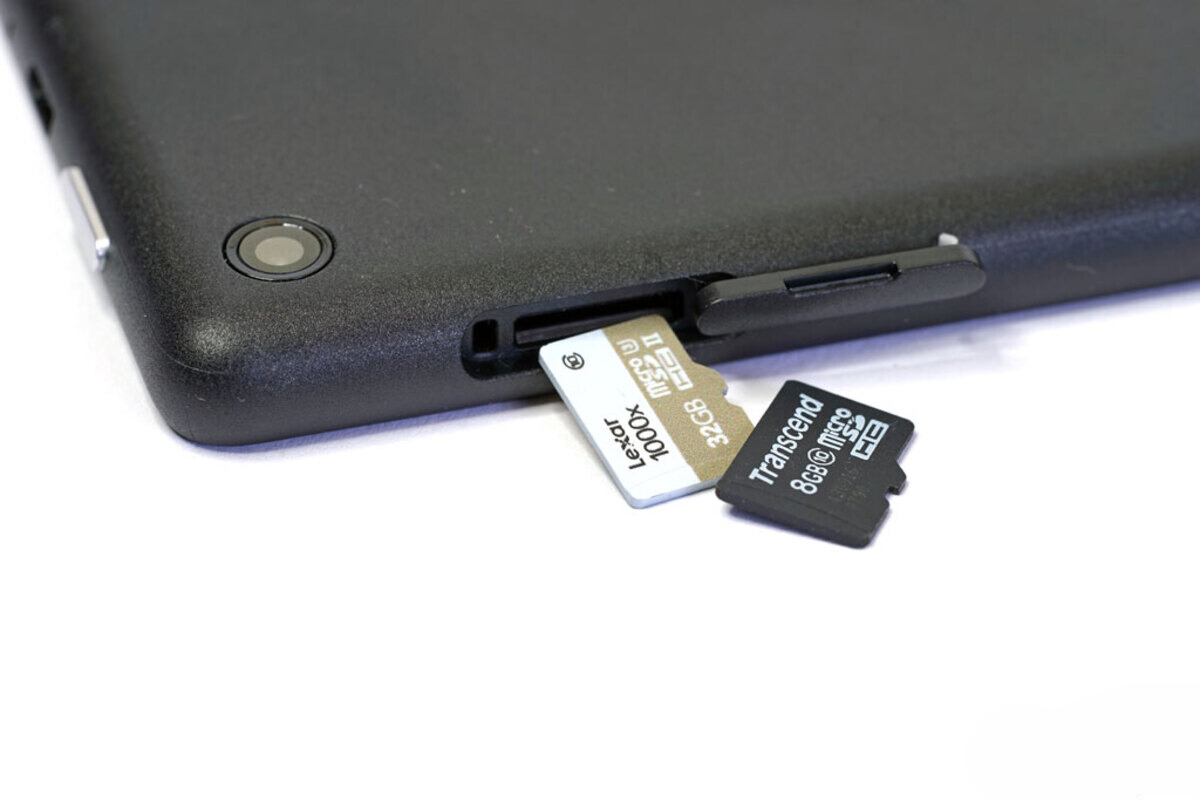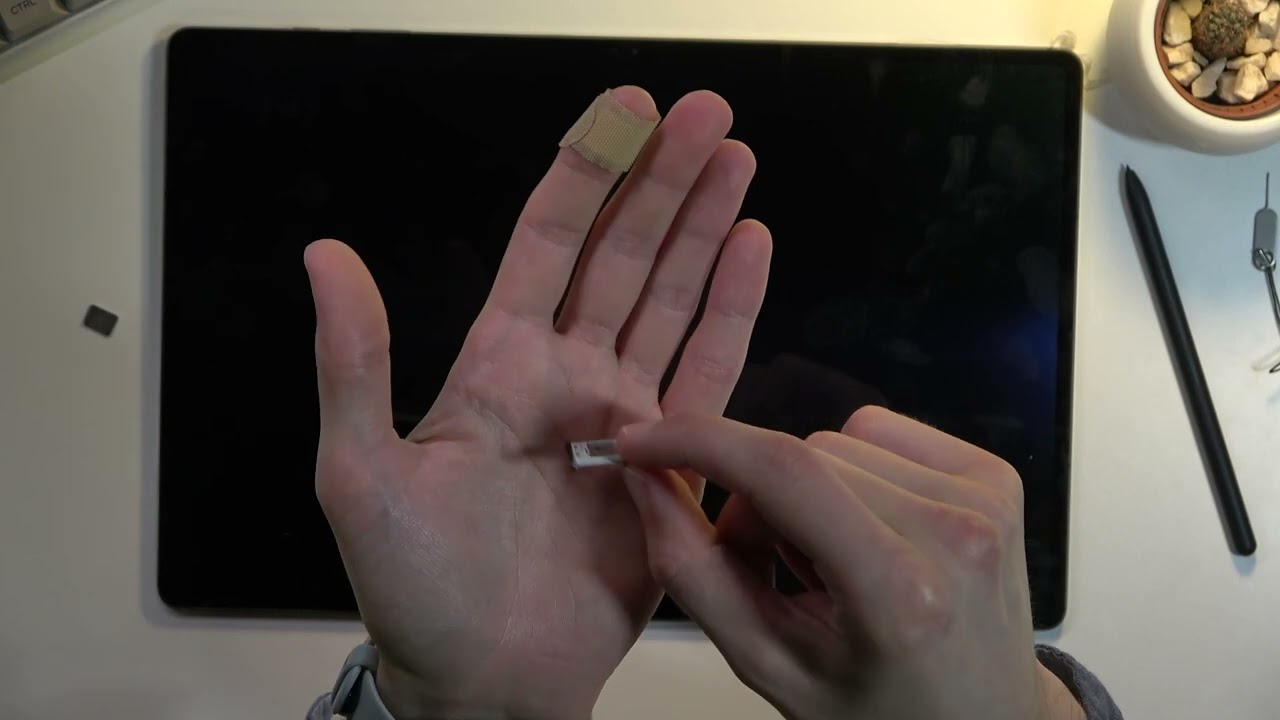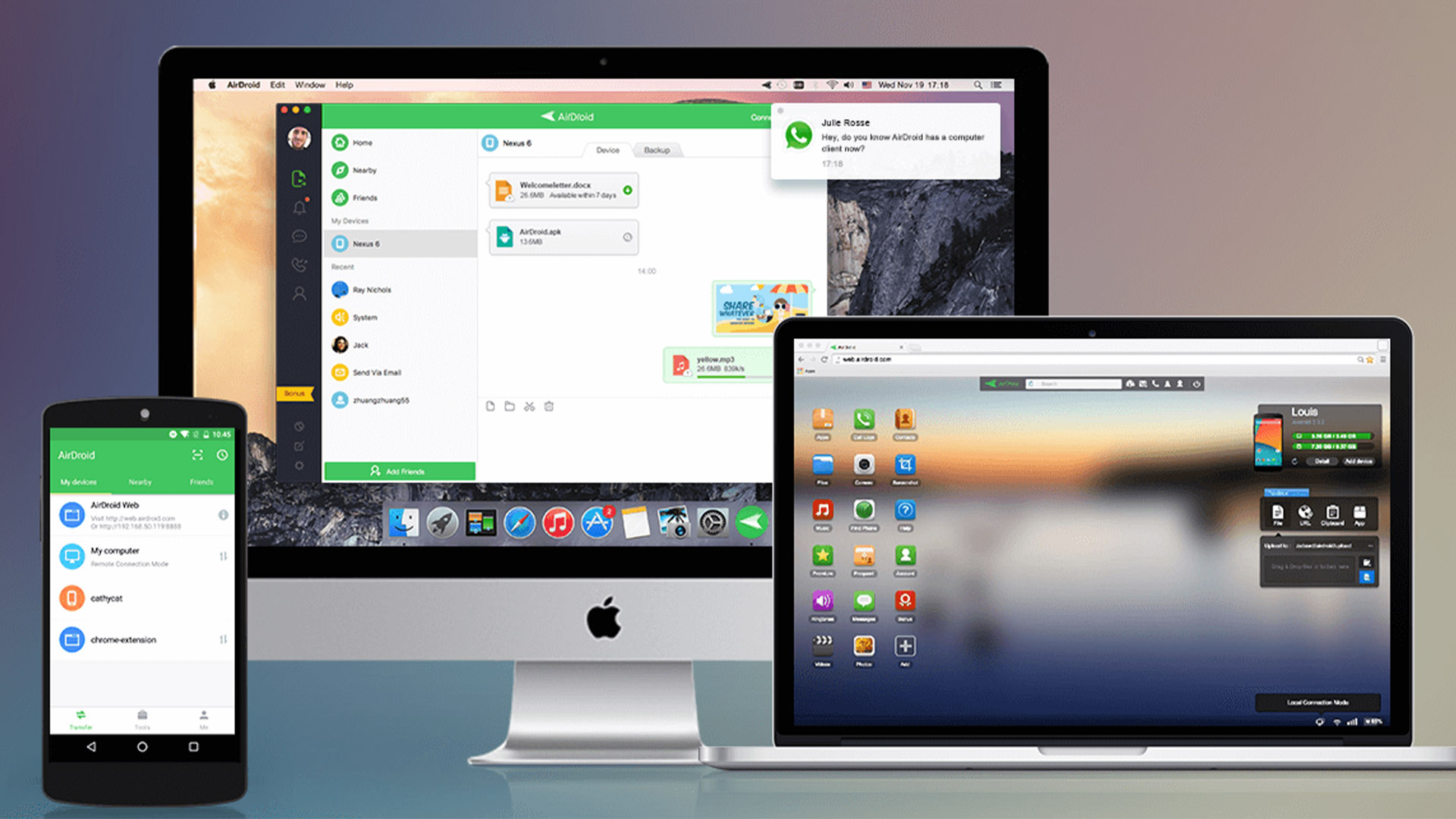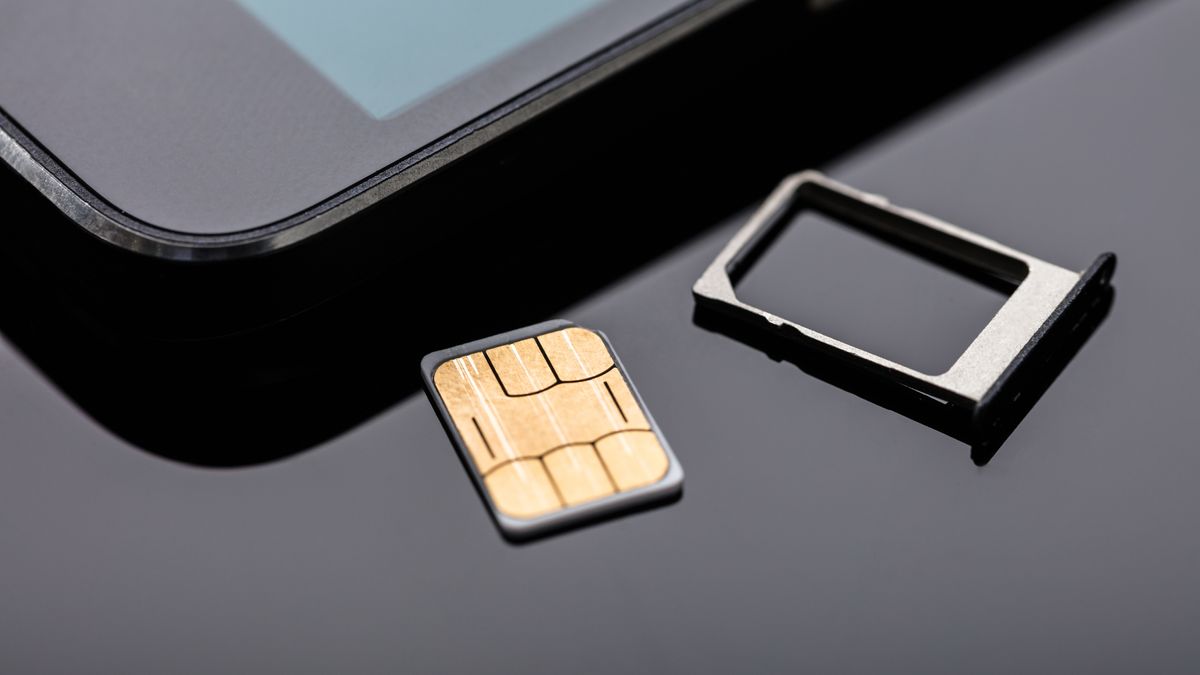Introduction
Tablets have become an essential part of our daily lives, helping us stay connected, entertained, and productive. However, it’s not uncommon for us to misplace or lose our tablets, causing panic and distress. The good news is that there are several methods you can employ to locate your tablet efficiently and minimize the stress of losing such a valuable device.
In this article, we will explore various strategies and tools you can use to locate your tablet. Whether you’ve simply misplaced it at home or suspect it may have been stolen, these methods can help you track down and recover your tablet.
By following these steps, you can increase your chances of finding your tablet quickly and effectively. From checking the immediate vicinity to utilizing tablet locator apps and tracking software, we’ll guide you through the process so that you can regain control over your missing tablet.
So, if you find yourself scratching your head wondering where your tablet could be, don’t panic just yet! Let’s dive into the methods and techniques that will help you locate your precious device and put your mind at ease. Remember, the sooner you start the search, the better your chances are of finding your tablet.
Check the immediate vicinity
When you realize that your tablet is missing, the first step is to thoroughly search the area around you. Start by checking the obvious places where you may have left it, such as your desk, bedside table, or couch.
Look for any signs that indicate your tablet’s presence, such as a charging cable or a case. Don’t forget to inspect the pockets of your bag or backpack, as it could have slipped inside without you noticing.
If you’re at home, consider retracing your steps from the last time you remember using your tablet. Check the rooms you visited, including the bathroom, kitchen, or living room. Sometimes, we unknowingly leave our tablets in unexpected locations, so it’s worth thoroughly exploring every possible area.
In addition to physical spaces, check nearby surfaces where your tablet could have been placed, like shelves, countertops, or bookshelves. Sometimes, we absentmindedly set our tablets down on these surfaces and forget about them.
Moreover, be mindful of any clutter or objects that may have unintentionally covered your tablet. Books, magazines, or even clothes could have unknowingly been placed on top of it, obscuring its visibility.
While searching, keep an eye out for any notifications or sounds coming from your tablet. This can be especially useful if the volume is turned up, as it will make the tablet easier to locate.
By thoroughly examining your immediate vicinity, you increase the likelihood of finding your tablet quickly. However, if you’re unable to locate it in this initial search, don’t worry. There are still several other methods you can try to locate your device.
Look in common hiding spots
When we misplace our tablets, they often end up in common hiding spots that we use frequently. Taking the time to check these spots can greatly increase your chances of finding your tablet.
Start by checking couch cushions and between the seat cushions of chairs. It’s not uncommon for a tablet to slip into these spaces and get wedged in, making it difficult to spot at first glance.
Next, explore the bedroom area. Look under the bed, on bedside tables, and inside drawers. Sometimes, tablets can be easily overlooked when they are placed in these familiar spots.
The kitchen can also be a hiding spot for your tablet. Check on countertops, inside kitchen cabinets, or near the sink area. If you recently used your tablet for a recipe or to watch something while cooking, it may have been left behind in the kitchen.
Other common areas to check include the bathroom, where tablets can be mistakenly left on countertops, shelves, or even inside cabinets.
If you have children, make sure to check their play areas as well. Tablets have a way of ending up in toy boxes, under pillows, or hidden in other unexpected places.
Lastly, don’t forget to search your car if you’ve recently used your tablet while on the go. Check under the seats, in the glove compartment, and in any pockets or compartments where it may have been placed.
Remember, the key to finding your tablet is to methodically search all possible hiding spots. Take your time, keep a keen eye out, and don’t overlook any area that may seem unlikely. Sometimes, we inadvertently place our tablets in unusual places that we wouldn’t consider right away.
If you’ve thoroughly searched these common hiding spots and still haven’t found your tablet, don’t worry. There are more strategies you can try before giving up hope of locating your device.
Retrace your steps
Retracing your steps is an effective way to locate a misplaced tablet, especially if you often use it on the go. By mentally revisiting the places you’ve been since you last had your tablet, you might remember where you left it.
Start by thinking about the last time you used your tablet. Did you have it with you when you left the house? Did you take it to work or school? Try to remember all the locations you visited and activities you carried out while using your tablet.
If you went to a specific café, library, or park, contact those places to check if someone found or turned in a tablet matching your description. Sometimes, kind-hearted individuals or staff members might pick up a lost tablet and hand it over to the authorities or store it in a lost and found section.
As you retrace your steps, also consider any interactions you had with others. Did you lend your tablet to a friend or family member? It’s possible that someone you know may have borrowed it and forgot to return it.
If you used public transportation, check if you left the tablet behind on a bus, train, or taxi. Contact the respective transportation company or use their lost and found service to inquire about any recovered tablets.
If your tablet is connected to your smartphone or computer, check your device’s internet browser history. It may provide clues about the websites or locations you visited around the time you last used your tablet.
Additionally, review any notes, reminders, or calendar events that you created on your tablet. These may serve as reminders or triggers for your memory, helping you recall where you might have left your device.
Remember, retracing your steps requires focused thinking and actively jogging your memory. Take your time, visualize your movements, and try to recall any detail that may lead you to your tablet’s location.
If retracing your steps doesn’t yield any results, don’t despair. There are still more effective methods you can try to find your missing tablet.
Ask family members or colleagues
Sometimes, when we misplace our tablets, they end up in the hands of someone we know. This could be a family member, roommate, or even a colleague who borrowed or moved your tablet without informing you. Asking those around you if they’ve seen or used your tablet can often lead to its discovery.
Start by checking with family members or roommates who may have access to your tablet. Inquire if they’ve borrowed it or seen it in a specific location. It’s possible that someone took it by mistake or set it aside somewhere, thinking it belonged to them.
If you’re in a workplace setting, consider asking your colleagues if anyone noticed your tablet or borrowed it for any reason. Sometimes, someone might have moved it to a communal area or stored it in a shared space without realizing it belonged to you.
Remember to approach these conversations calmly and politely, as accusing others without evidence or assuming negligence can strain relationships. Instead, explain that you’ve misplaced your tablet and are trying to locate it, hoping they can assist you with any information or suggestions.
While discussing the matter, also check if anyone has accidentally taken your tablet thinking it was theirs. In busy, shared environments, such mix-ups can occur, especially if multiple tablets look similar or if yours was left unattended.
If you’re a student, reach out to classmates or friends who you may have studied or spent time with recently. It’s possible that your tablet was left behind in a classroom, library, or study group area and someone picked it up, thinking it was abandoned.
By involving your family members, colleagues, or peers in your search, you expand your network of eyes and ears. They may have noticed something you missed or can provide valuable insights that may lead you to the whereabouts of your tablet.
If nobody around you has seen or used your tablet, don’t worry. There are still more methods you can utilize to locate your device before resorting to extreme measures.
Use a tablet locator app
If you’ve exhausted traditional search methods and still can’t find your tablet, it’s time to leverage the power of technology. Tablet locator apps can help you track the location of your device using GPS or Wi-Fi signals, making it easier to locate your misplaced or stolen tablet.
Start by checking if your tablet’s operating system has a built-in tracking feature. For example, Apple devices have the “Find My” app, while Android devices have the “Find My Device” feature. These apps allow you to locate your tablet on a map, send alerts to your tablet, or remotely erase its data to protect your privacy.
If your tablet doesn’t have a built-in tracking feature, you can consider downloading a third-party tracking app. Popular options include “Prey Anti-Theft,” “Find My Mobile” by Samsung, or “Cerberus.” These apps offer similar features to help you track and recover your tablet.
To get started, install the app on a separate device or use a computer. Sign in to the app with your account credentials and follow the instructions to register your tablet. Once set up, you can access the app’s features to locate your tablet, trigger alarms, or even capture photos remotely to identify potential thieves.
If your tablet is on and connected to the internet, these locator apps can provide real-time information about its location. They can also notify you if your tablet’s location changes significantly, indicating that someone may have taken it.
Keep in mind that these apps rely on your tablet being powered on, connected to the internet, and the locator features being enabled. If your device is turned off or doesn’t have an internet connection, the tracking capabilities may be limited.
By using a tablet locator app, you have a higher chance of pinpointing the location of your device and recovering it. However, remember to exercise caution and prioritize your safety when attempting to retrieve your tablet, especially in cases where it may have been stolen.
If the tablet locator app doesn’t lead you to your tablet or if the device is turned off, don’t lose hope. There are still more methods you can explore to aid in the retrieval of your tablet.
Find it using another device
If you have access to another device, such as a smartphone, computer, or a friend’s tablet, you can use it to aid in locating your missing tablet. Here’s how:
1. Open a web browser on the secondary device and log in to your tablet’s account or cloud storage service, such as iCloud for Apple devices or Google Drive for Android devices. Check if any recent data from your tablet has been synced or uploaded to these services. This can give you clues about the tablet’s activity and potential locations.
2. If you have previously installed a remote access app, such as TeamViewer or AnyDesk, on your tablet, you can use it to establish a remote connection from the secondary device. This enables you to access your tablet’s screen and control it remotely, even if it is not physically with you.
3. Install a device tracking app or software on the secondary device. Some apps, like “Find My iPhone” by Apple, allow you to track not only iPhones but also iPads. These apps can help you track the location of your tablet based on its device ID or GPS signals.
4. Once you have the tracking app installed on the secondary device, follow the instructions to set it up and add your tablet as a device to track. Once registered, the app should start providing you with real-time location updates that you can use to track down your tablet.
5. Take advantage of the secondary device’s connectivity and internet access to search online marketplaces, social media groups, or local classified ads for any listings matching the description or specifications of your tablet. Sometimes, stolen tablets end up being sold online, and with a bit of luck, you may be able to find it being offered for sale.
By utilizing another device, you can leverage its capabilities to aid in the search for your tablet. Whether it’s exploring cloud services, establishing a remote connection, or using tracking apps, these methods can provide valuable information to help you locate your missing tablet.
If using another device doesn’t provide the desired results, don’t lose hope. There are still more strategies you can employ to increase your chances of finding your tablet before taking further action.
Check the last place it was connected to Wi-Fi
If you can’t find your tablet and suspect that it may have been left behind or misplaced outside of your immediate vicinity, checking the last place it was connected to Wi-Fi can provide valuable information for tracking it down.
Start by recalling the last time you used your tablet outside of your home or office. Did you connect to a public Wi-Fi network, such as a café, library, or shopping mall? If so, revisit those locations and inquire if anyone found or turned in a tablet matching your description.
If you remember the specific network you connected to, you can also search for Wi-Fi hotspot directories or contact the establishment directly. They may have maintained records of devices that connected to their network and can assist you in locating your missing tablet.
Another option is to check your tablet’s saved Wi-Fi networks. If you have recently connected to a friend’s or family member’s network, reach out to them and ask if your tablet was left behind at their location.
In some cases, if your tablet is still connected to a Wi-Fi network, you can attempt to ping it to determine its approximate location. This method, however, might require technical knowledge and access to advanced tracking tools.
If you have a tablet locator app installed, it may also provide information on the last known location of your device based on its Wi-Fi signal. Check the app for any available data that can help narrow down the search area.
In cases where your tablet was stolen, the thief may have inadvertently connected to a Wi-Fi network with your device. If you have access to your tablet’s account or tracking app, monitor for any updates that may indicate its current location based on the Wi-Fi networks it connects to.
By checking the last place your tablet connected to Wi-Fi, you can gather valuable clues about where it may be located. Remember to contact establishments, consult your tablet’s network history, and leverage any tracking tools you have at your disposal to aid in the search.
If checking the last Wi-Fi connection doesn’t provide any conclusive leads, don’t give up hope. There are still additional methods you can try to locate your tablet and bring it back into your possession.
Call your tablet
Calling your tablet might sound odd, but it can be an effective way to locate a misplaced tablet, especially if it’s nearby and within earshot. Here’s what you can do:
1. Use another device, such as a smartphone or landline phone, and dial your tablet’s number if you have a SIM card inserted. If your tablet is within range and not on silent mode, you might hear it ringing or vibrating, helping you locate it.
2. If your tablet is connected to your smartphone via Bluetooth, you may be able to call it directly from your phone’s dialer. Check your phone’s settings or the Bluetooth connection settings to see if this feature is available. Once the call is placed, listen for any ringing or audio cues that can lead you to the tablet’s location.
3. If your tablet has a built-in voice assistant, such as Siri for Apple devices or Google Assistant for Android devices, activate it with a voice command or use the wake-up word, followed by a question like “Where are you?” or “Can you make a sound?” The voice assistant may respond audibly or trigger an alert sound on your tablet, helping you track it down.
Keep in mind that this method relies on your tablet being within hearing range and not in a silent or vibrating mode. Additionally, it may work better in quieter environments where any ringing or alert sounds are more easily detectable.
If you’re unable to hear any ringing or locate your tablet using this method, don’t fret. There are still more techniques you can employ to find your tablet before considering other alternatives.
Use location tracking software
If you want to take your search for a misplaced tablet to the next level, consider utilizing location tracking software. These software solutions, often designed specifically for tracking and finding lost devices, can provide real-time location updates and additional features to aid in the recovery of your tablet.
There are several location tracking software options available, both for built-in tablet tracking features as well as third-party applications. Here are a few steps to get started:
1. Check if your tablet has a built-in tracking feature. Some operating systems, such as iOS and Android, come with built-in tools like “Find My iPhone” or “Find My Device” that allow you to track and locate your device.
2. If your tablet doesn’t have built-in tracking capabilities, consider installing a third-party tracking app. These apps often offer advanced features and additional functionalities, including remote locking, data deletion, and even surveillance capabilities.
3. Install and set up the tracking software on your tablet. Create an account or sign in if prompted, and follow the instructions provided by the software to enable location tracking and other desired features.
4. Once the tracking software is activated, you can use your account on another device, such as a smartphone or computer, to access the tracking portal or app. Here, you will be able to see the real-time location of your tablet on a map or perform actions like ringing an alarm or remotely locking the device.
5. Some tracking software also offers additional features like taking photos remotely, capturing screenshots, or recording audio to aid in identifying the surroundings of your tablet’s location.
Remember to review the settings of the tracking software and customize preferences according to your needs. Ensure that location permissions are enabled, and the tracking service is active so that accurate location updates can be provided.
By utilizing location tracking software, you can increase your chances of locating your tablet precisely. However, keep in mind that these features rely on your tablet being powered on, connected to the internet, and the tracking software being operational.
If the tracking software doesn’t lead you directly to your tablet, do not fret. There are still more strategies you can employ to increase your chances of finding your tablet before exploring other options.
Report to the authorities in case of theft
If you believe your tablet has been stolen or if you suspect foul play, it’s crucial to involve the proper authorities. Reporting the incident to the police or relevant law enforcement agencies is important to increase the chances of locating your tablet and potentially apprehending the thief. Here’s what you should do:
1. Contact your local police department or law enforcement agency and provide them with all the details regarding the theft. Be prepared to provide information such as the make and model of your tablet, its serial number if available, any unique identifying features, and the circumstances surrounding the theft.
2. If you have any tracking software or apps installed on your tablet, provide the authorities with the necessary login credentials and access codes. This will allow them to track the location of your tablet and potentially recover it.
3. Consider providing the police with any evidence or documentation related to the theft, such as surveillance camera footage, witness statements, or any information that may help identify the thief or provide leads in the investigation.
4. Stay vigilant and monitor online marketplaces, local classified ads, or social media platforms for any listings that match the description or specifications of your tablet. If you come across any suspicious listings, inform the police immediately.
5. In some cases, the authorities may require you to file an official police report or provide additional documentation. Cooperate fully with their requests and provide any necessary information promptly to aid in the investigation.
Remember that reporting the theft to the authorities is essential not only for the recovery of your tablet but also for the prevention of further criminal activity. Providing accurate information and cooperating with law enforcement agencies increases the likelihood of them taking necessary action to retrieve your stolen tablet.
Be aware that the process of locating a stolen tablet can take time and may not always result in a successful recovery. However, by reporting the theft, you are taking a proactive step towards resolving the situation and potentially deterring future thefts.
In the case of a theft, it’s important to prioritize your safety. Do not attempt to confront the thief or recover the tablet without assistance from the authorities. Let the professionals handle the situation to ensure a safe and legal outcome.
Conclusion
Losing or misplacing a tablet can be a distressing experience, but there are numerous strategies you can employ to locate it efficiently. From checking the immediate vicinity to utilizing technology like tablet locator apps and tracking software, each method offers a unique approach to aid in the recovery process.
Starting with a thorough search of your immediate surroundings and common hiding spots, you can eliminate the possibility of simple oversight. Retracing your steps and checking the last place your tablet was connected to Wi-Fi can provide valuable insights into its potential location.
Utilizing another device to call your tablet or using location tracking software can significantly increase your chances of finding your tablet, providing real-time updates and additional features for retrieval. In case of theft, reporting the incident to the authorities is crucial, as it allows them to take appropriate action and potentially recover your stolen tablet.
Throughout your search, maintain a calm and methodical approach. Involve your family members, colleagues, and peers in your search, as their assistance and perspectives may provide valuable leads.
Remember, prevention is key. Taking proactive measures such as enabling location tracking features, keeping backups of important data, and securing your tablet can minimize the chances of losing it in the first place.
Although the recovery of a lost or stolen tablet is not always guaranteed, employing a combination of these strategies can significantly improve your chances. Stay patient, persistent, and optimistic, and with a bit of luck, you may reunite with your beloved tablet in no time.







